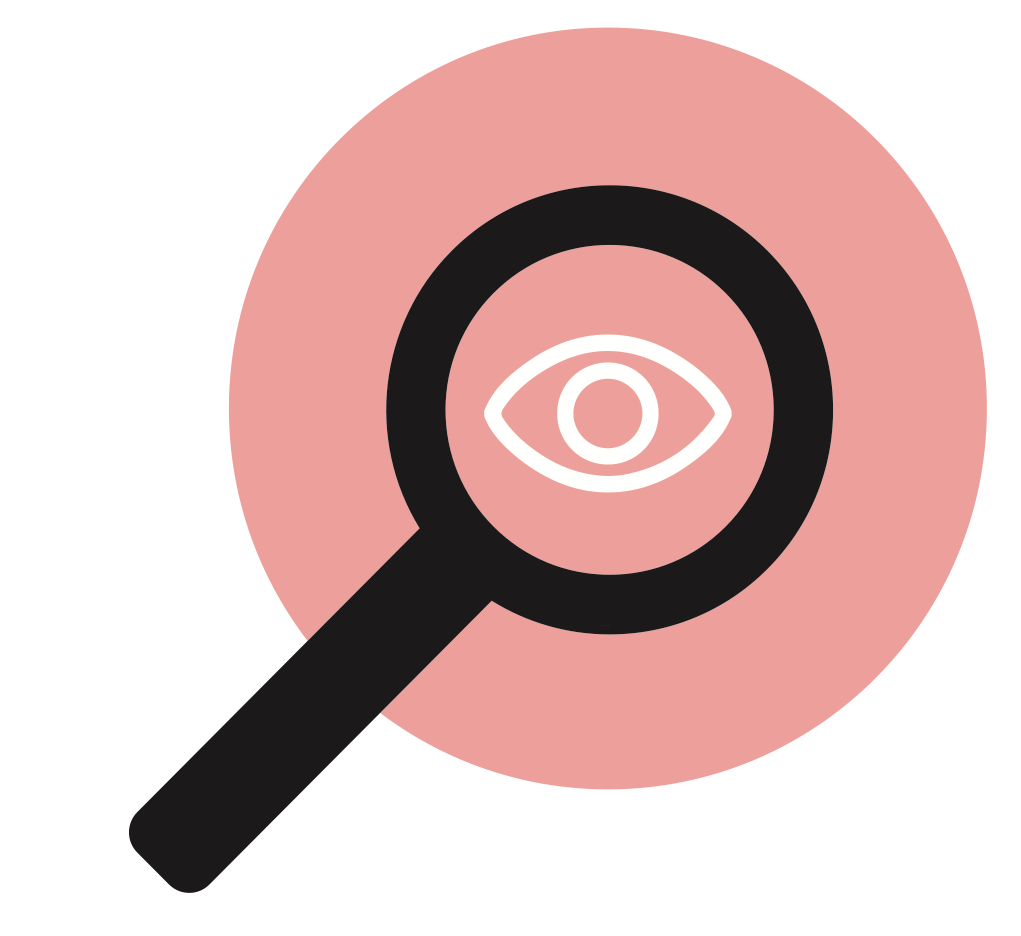Different ways of seeing ourselves
Previous / Next
The Self
Part 11 - Different ways of seeing ourselves
In this section, we will offer you many different ways of seeing yourself. We hope that you will find some of them useful, whether it be through dolls, or onions, or masks.